Mount Logan Success, Storms and Helicopters
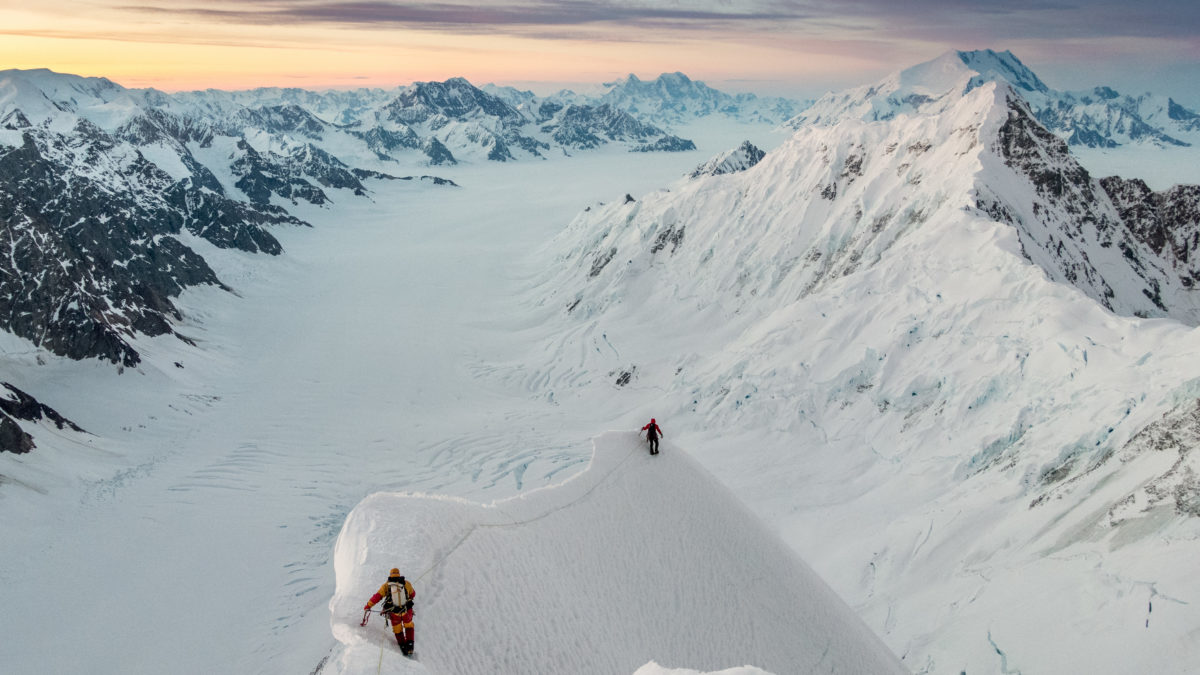
In May and June, three highly experienced climbers were attempting to traverse Mount Logan.
After reaching the summit they were forced to spend a week above 5,000 metres in snow caves until a helicopter picked them up.
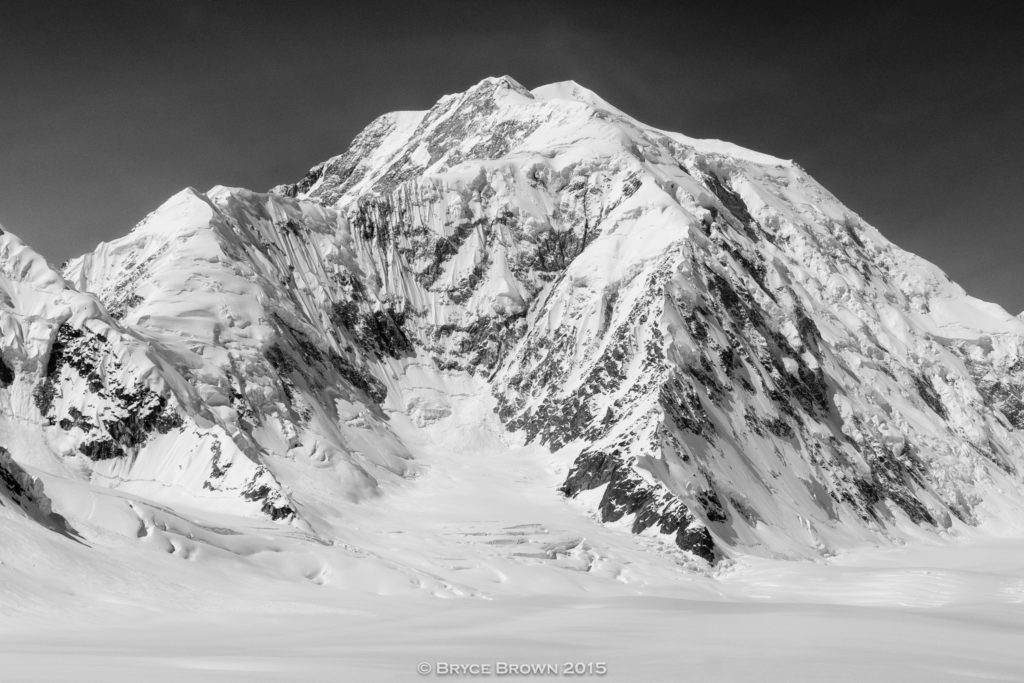
Bryce Brown and his two partners flew on May 16 from the Silver City airstrip (Icefield Discovery flight service) to the east ridge basecamp. “We had stellar weather for the majority of the East Ridge ascent,” said Brown.
“It was actually quite warm so we ended up doing carries most days very early between 4 a.m. and 10 a.m. before snow conditions got too soft.”
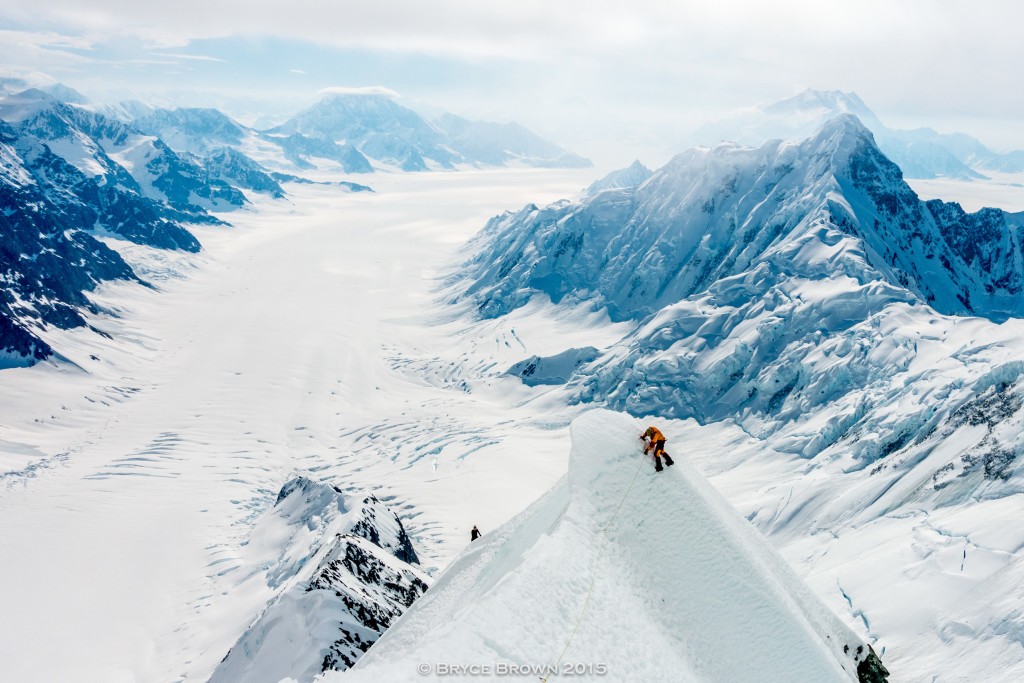
Most climbers who climb the East Ridge, reverse the route after reaching the summit. But, Brown and his partners planned on traversing the mountain.
The first east to west traverse was by Americans Alexander Bittenbinder, J. Vincent Hoeman, David Shaw, Edward Ward and Canadian William D. Harrison in 1968 by the Hubsew (east-southeast) Ridge.

Due to Brown and his partner’s plan to traverse the peak, they had fairly big loads to go up and over (including skis and a sled), so they were doing triple carries.
“Between the limited length of our work day and our multiple carries it took a fair amount of time to ascend the ridge,” said Brown.
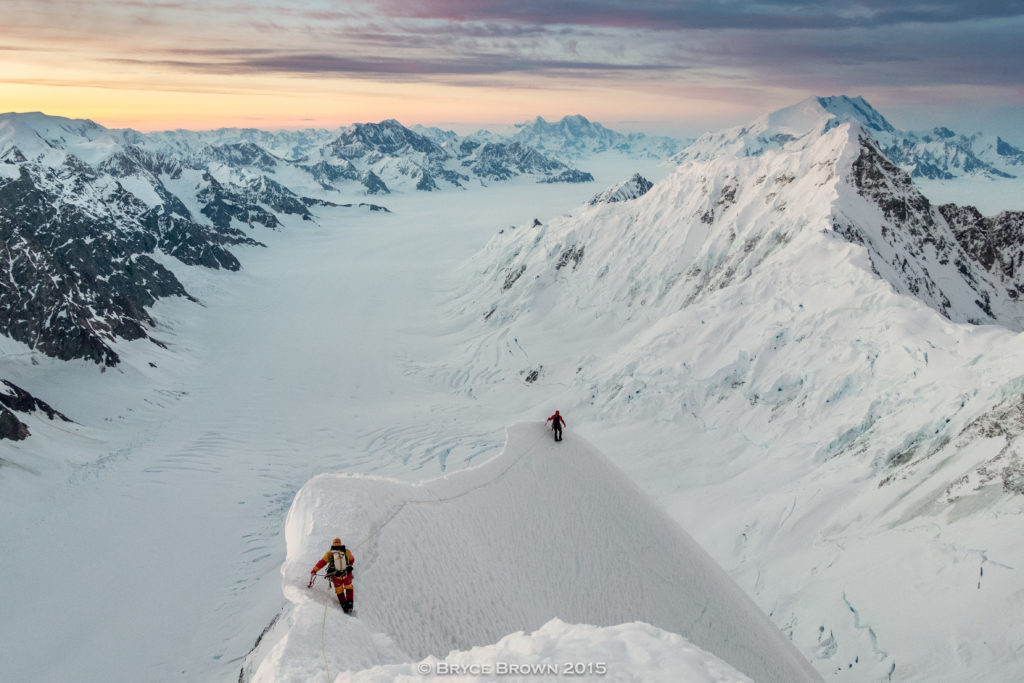
Once on the plateau, around 4,800 metres, the weather began deteriorating. On June 2, they managed to summit in a brief weather window.
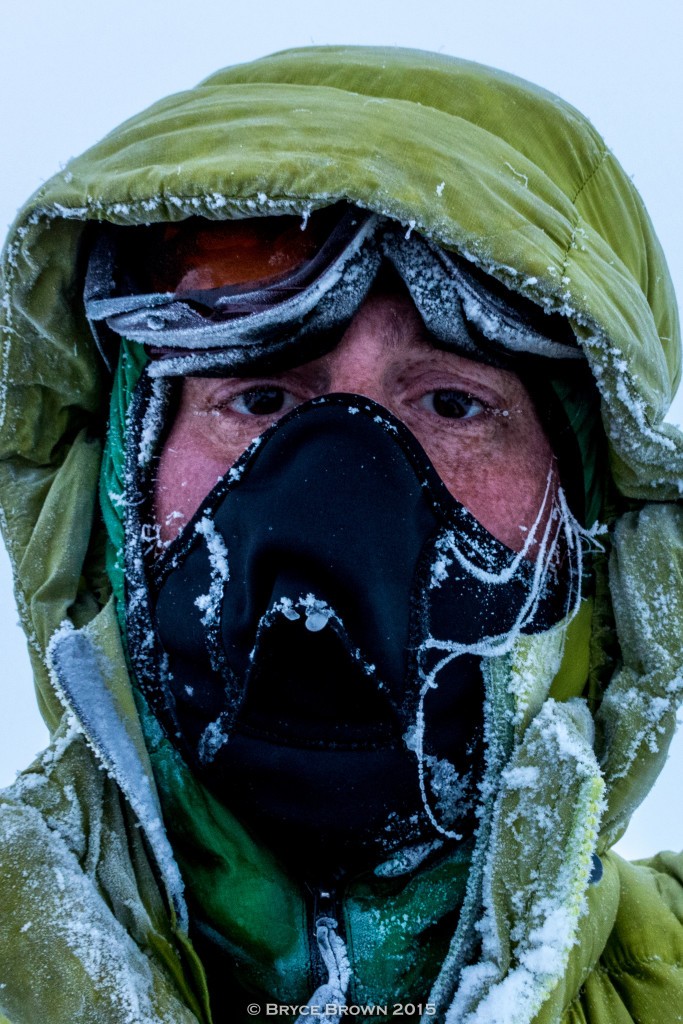
On June 3, the weather intensified and they were caught in the col between the East Peak and main summit.

Winds were extreme, around 160 km/h and the made for dangerous whiteout conditions.
Their plan was to drop down off the col to the north to provide some wind protection.
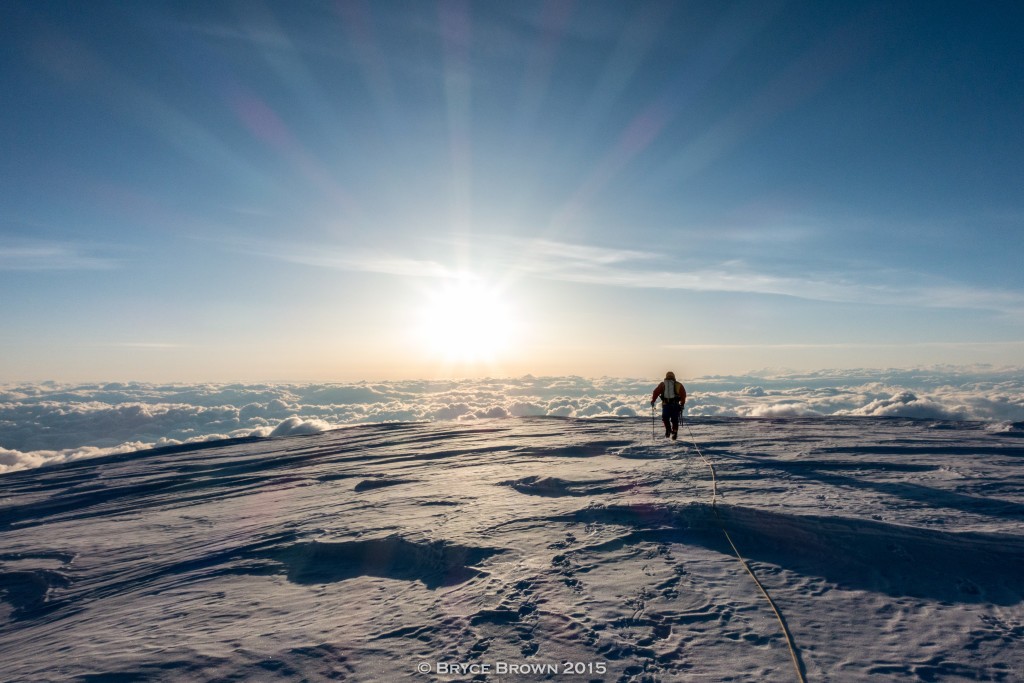
At the far side of the col, they found one of their members had frost bite to both hands.
Luckily, they found a crevasse that would work as a snow cave and dug in for the next three days.
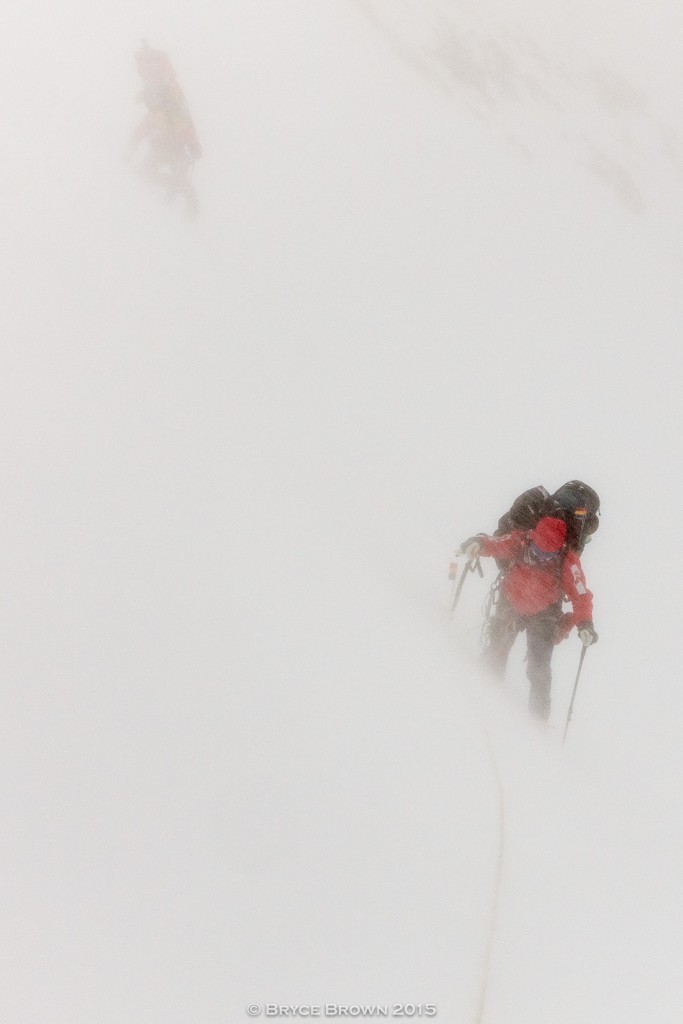
“We were buried under two metres of fresh snowfall with continued extreme wind,” said Brown.
“We finally got a break in the weather on June 6 and 7 and continued across the plateau.”
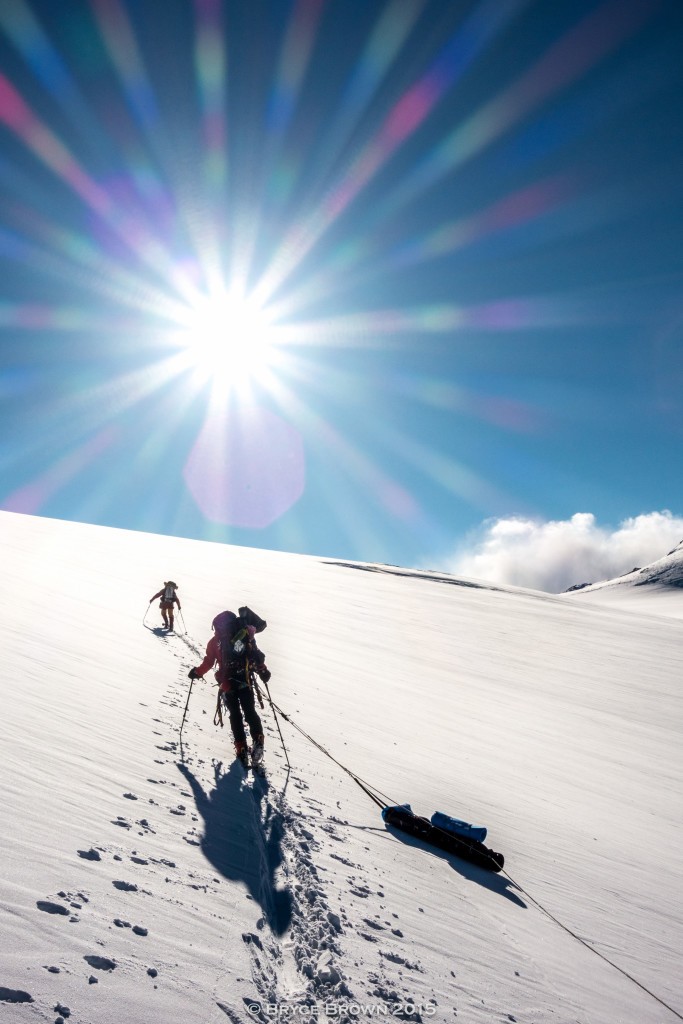
Unfortunately, they were pinned down by another four days of poor weather and had limited ability to travel as they wanted to ensure they did not refreeze the frostbite.
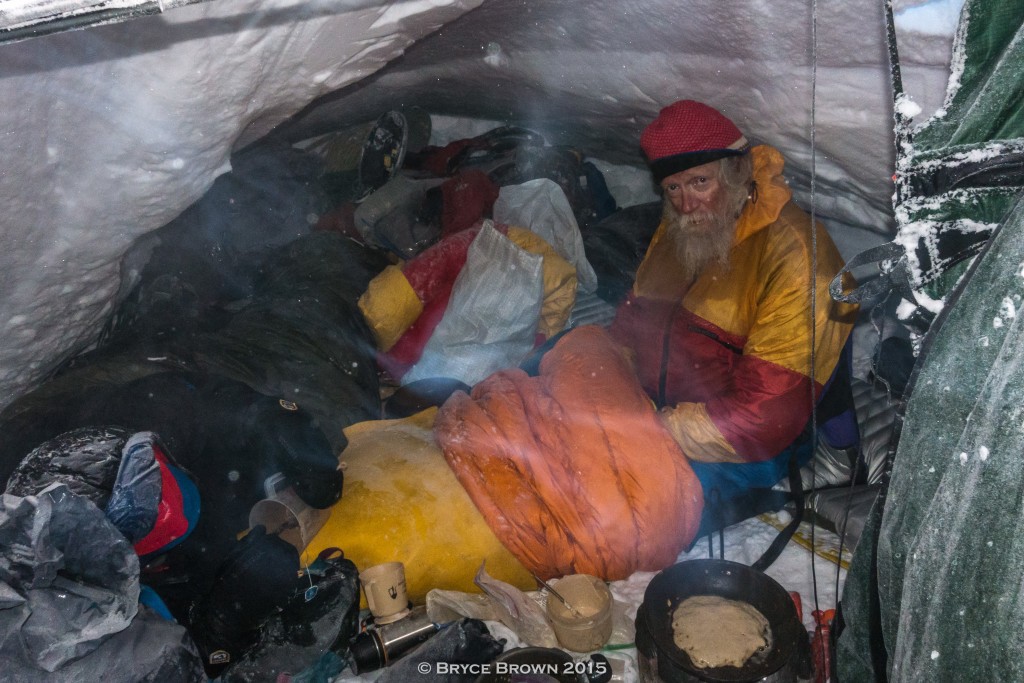
“Overall, we spent a total of 12 days above 5,000 metres and were getting more fatigued daily,” said Brown. One member was also experiencing intermittent mild HAPE.
Food and fuel supplies were down to just a few days. In the end, in discussion with Parks, they team decided that the best option was to be lifted off once the weather broke, rather than two of them continuing exhausted, onsight down the King Trench with thin spring snowbridge conditions.
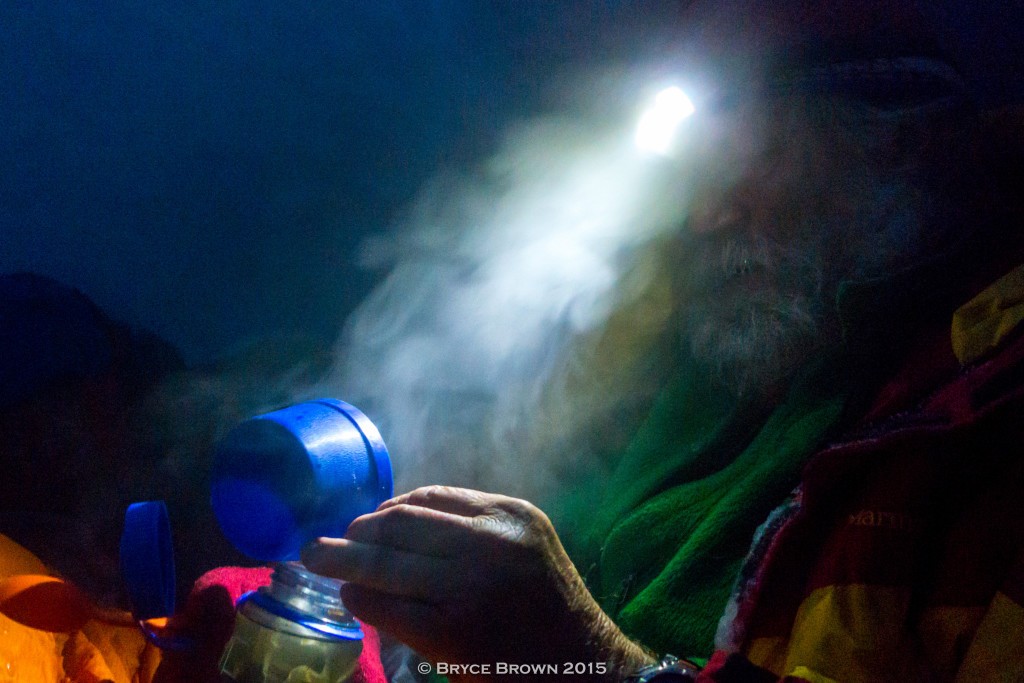
They constructed a landing area near their camp and Kluane National Parks visitor safety conducted a powered landing with an AStar B3 on June 11.
“National Parks staff from Banff/Jasper were also very involved in logistics and backup,” said Brown. “Denali Park also sent a backup high altitude equipped B3 and additional rangers (which thankfully were not required).”
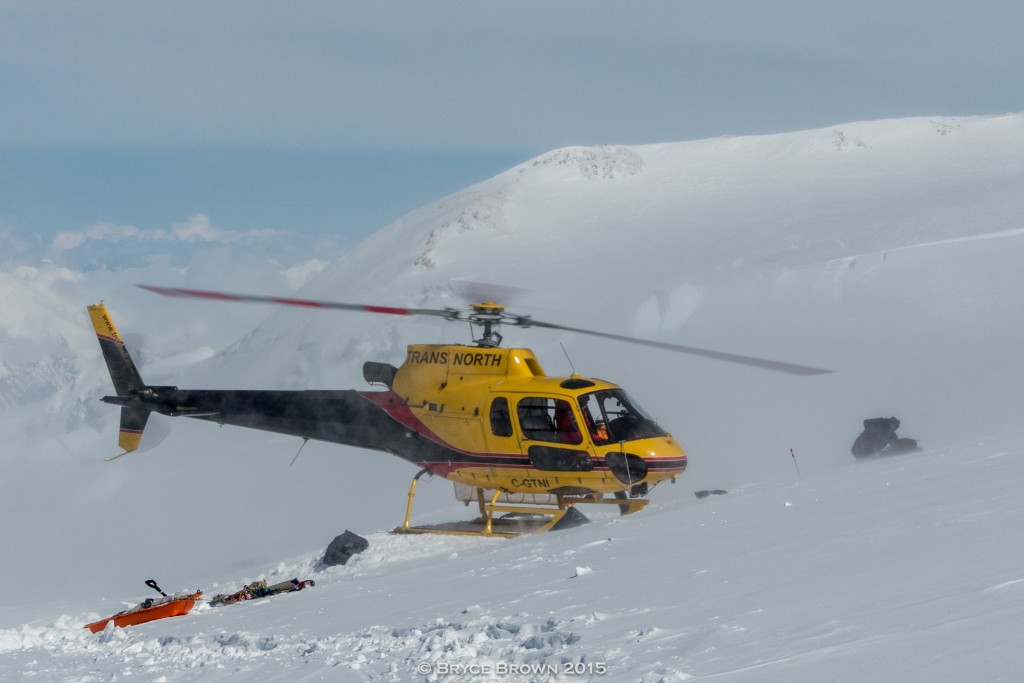
The powered landing was carried out successfully with some very impressive flying by the pilot. A total of three landings were done at around 5,300 metres.
“I believe this would be one of the highest evacs done in the country, or at least in a national park, a similar long-line basket pickup at around the same elevation was done in 2005,” said Brown.
“Overall, National Parks conducted a professional and competent evacuation. We are all extremely impressed with the service they provided.
The climbers were worried their gear would end up as trash on the mountain, but the helicopter made a fourth flight to retrieve all of the equipment.
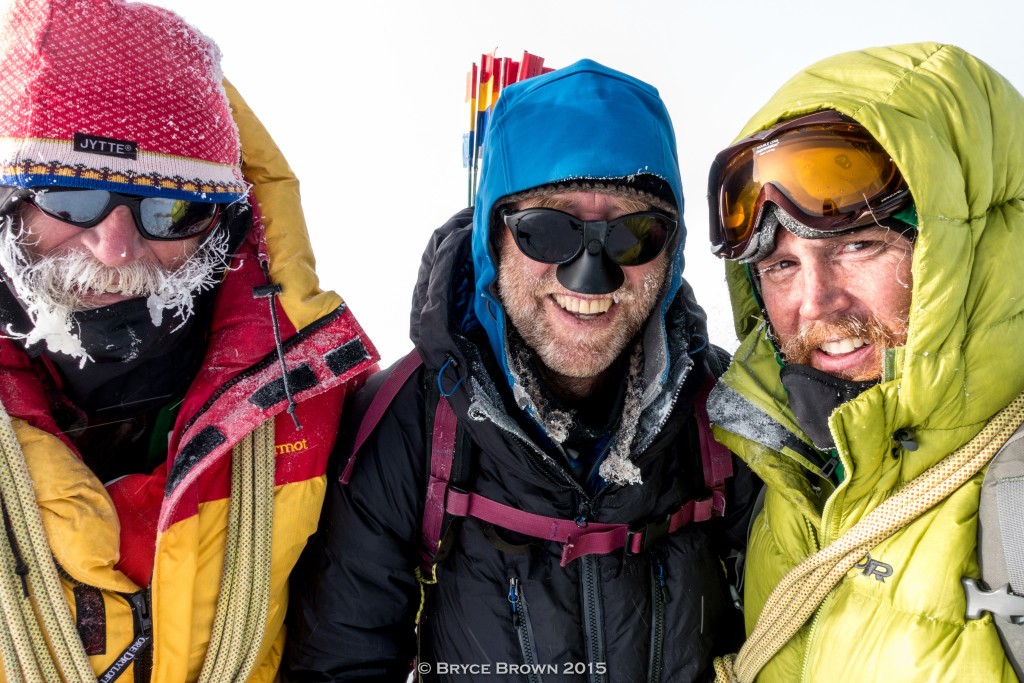
– Bryce Brown is a doctor based in Thunder Bay and Canmore. He has been on several successful expeditions to the world’s great ranges. His highly experienced partners wished for their names to not be mentioned.


